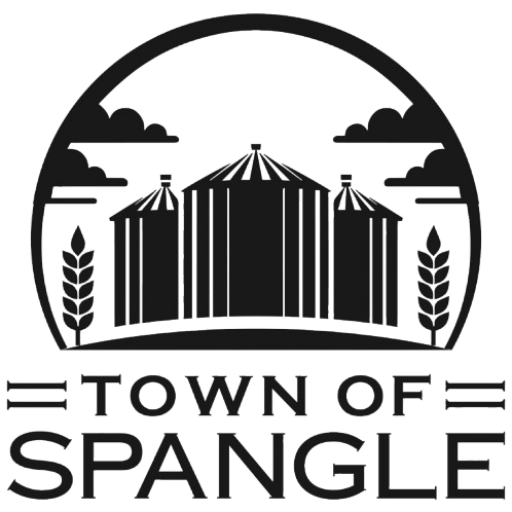The Town of Spangle is always working to maintain a safe and efficient sewer system for all residents. The Town works continuously to monitor, repair, and improve the sewer infrastructure, working to meet all state and federal regulations. We are committed to protecting public health, preventing environmental contamination, and keeping residents informed about sewer maintenance and best practices. Whether at home, at work, or visiting, you can trust that the Town is working to ensure a reliable and effective wastewater management system.
Sewer Rates
The Town of Spangle has a monthly sewer rate:
For more information on sewer rates click the button below
Overview
The Town of Spangle operates an activated sludge system designed to efficiently collect, transport, and treat wastewater from homes, businesses, and public facilities. The wastewater is collected through many sewer pipes that all flow to a lift station, which pumps it to the treatment plant. After undergoing treatment and testing to meet environmental and state standards, the cleaned and treated water is safely discharged into the creek.
Wastewater
Wastewater is any water that goes down the drain after being used in sinks, toilets, showers, and washing machines. This water travels through the sewer system, passing through pipes, screens, and pumps before reaching the treatment plant.
Proper care of the sewer system is essential to prevent blockages, backups, and costly repairs. Many materials flushed or poured down the drain can damage the pipes that connect to the Town’s sewer system. Every property owner connected to the system plays a role in keeping it functioning properly—and can also be affected if issues arise. Even products labeled “flushable,” such as personal care wipes, dental floss, and paper towels, do not break down properly in water. If undissolved materials get caught in a pipe, they can create buildup that may lead to serious blockages and sewer backups in homes, businesses, or throughout the community.
By being mindful of what goes down the drain, we can all help protect the sewer system and avoid unnecessary damage and repair costs.
What to avoid putting down the drain
Keeping harmful materials out of the sewer system helps prevent blockages, backups, and environmental damage. Avoid putting these items down drains or toilets:
Fats, Oils, and Grease: These solidify in pipes, leading to clogs and sewer backups.
Hair: A major cause of drain blockages, especially in bathroom sinks and showers.
Wipes, Rags, and Other Non-Flushable Items: Even “flushable” wipes don’t break down properly and can cause sewer overflows.
Fibrous & Stringy Food Waste: Items like pasta, potato peels, and corn husks can tangle and clog pipes.
Chemicals & Hazardous Waste: Paints, oils, lubricants, pesticides, and thinners are harmful to both plumbing and the environment.
Coffee Grounds: These do not dissolve and can accumulate, causing pipe blockages.
Paper Products & Feminine Hygiene Items: Paper towels, sanitary products, and similar materials do not break down easily and can clog pipes.
By disposing of these materials properly, we can all help maintain a reliable and efficient sewer system.
What can typically go down the drain
To keep the sewer system functioning properly, only dispose of materials that are safe for pipes and wastewater treatment. The following items are typically safe to go down the drain:
Water & Mild Soaps: Regular household wastewater from sinks, showers, and washing machines.
Biodegradable Cleaners: Environmentally friendly dish soaps, laundry detergents, and cleaning products.
Human Waste & Toilet Paper: The only things that should be flushed down the toilet. Toilet paper is designed to break down in water.
Small Food Particles (in moderation): Only small, non-greasy food particles should go down the drain, avoid large scraps or fibrous foods.
By following these guidelines, we can all help prevent clogs, protect the environment, and ensure the sewer system operates efficiently.

